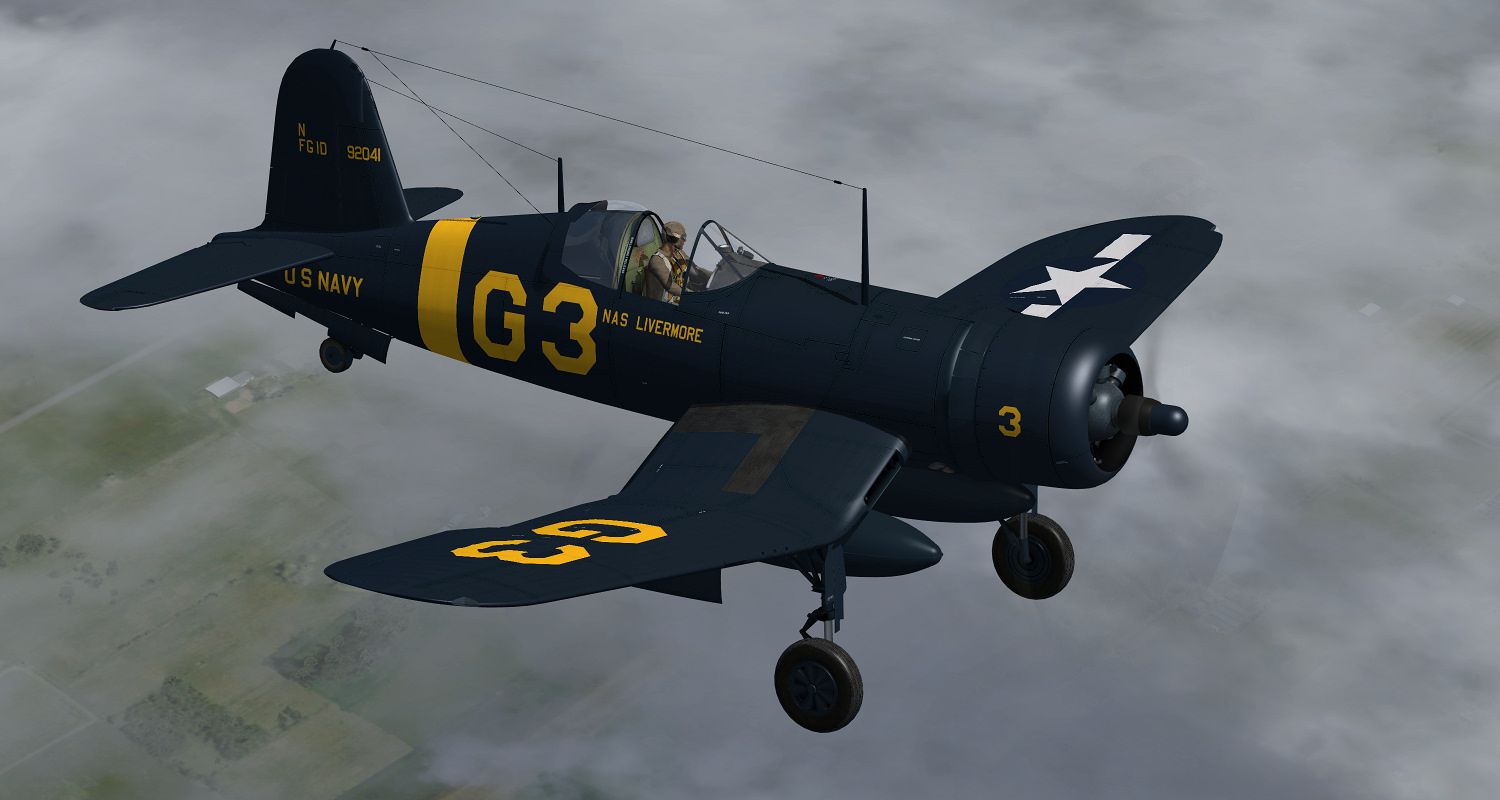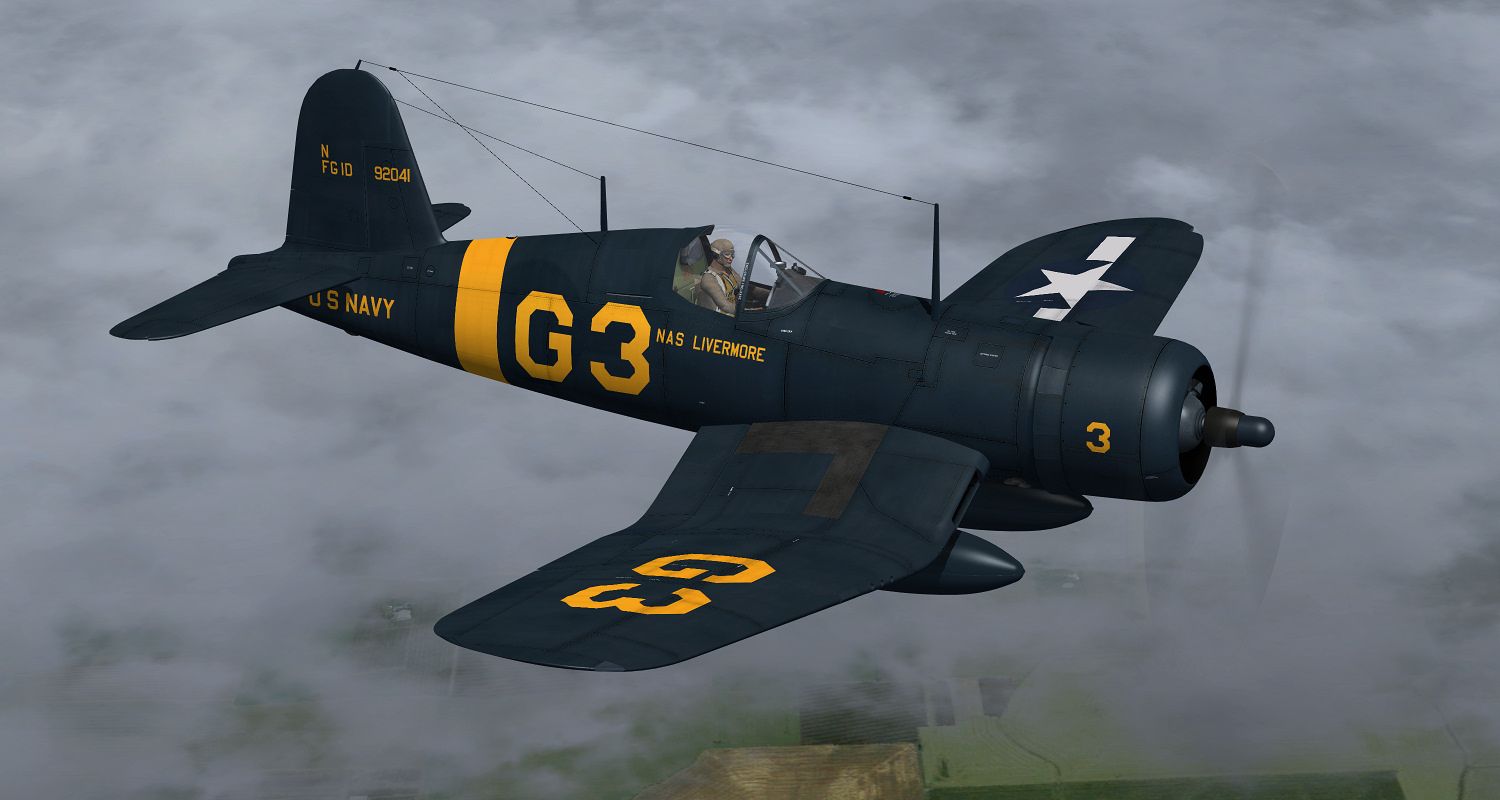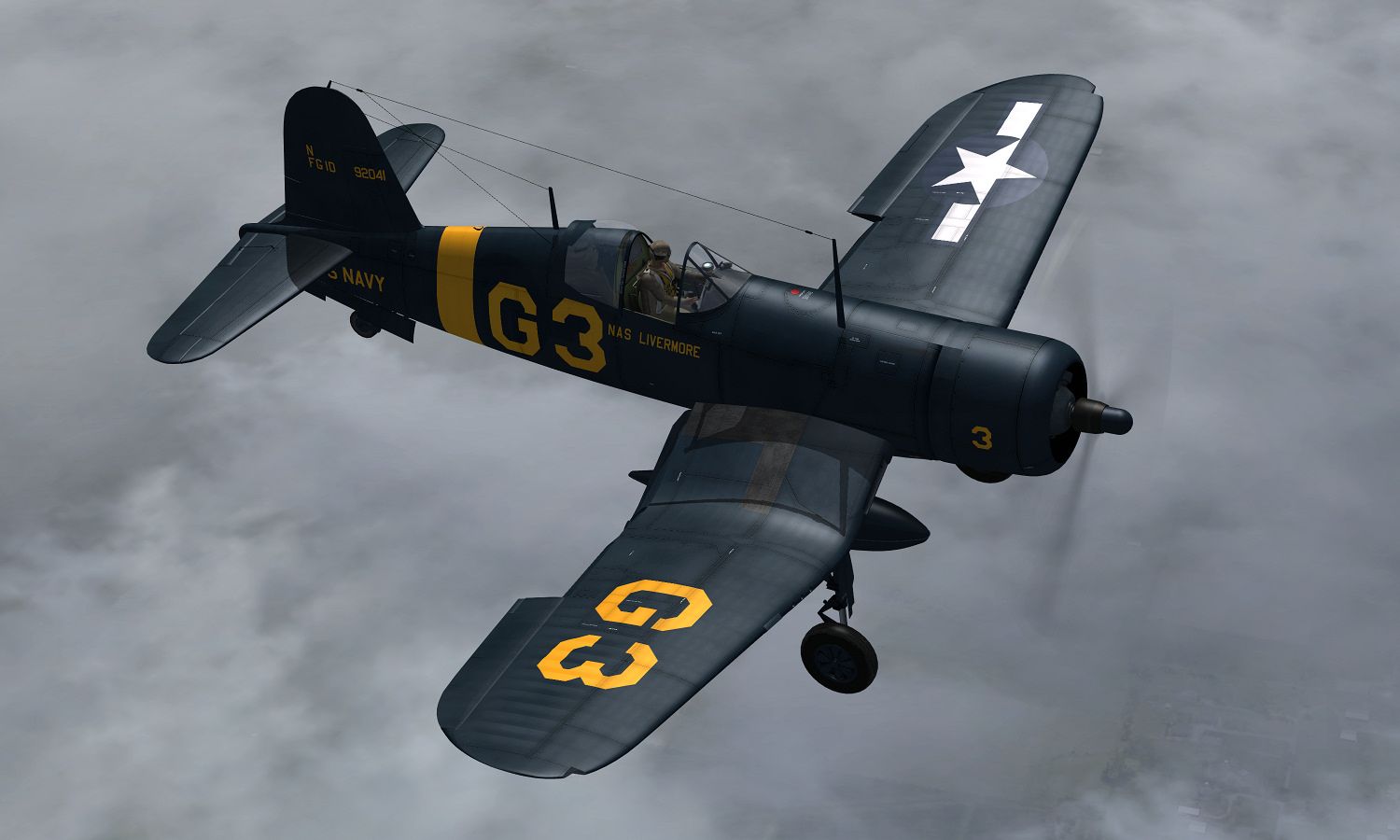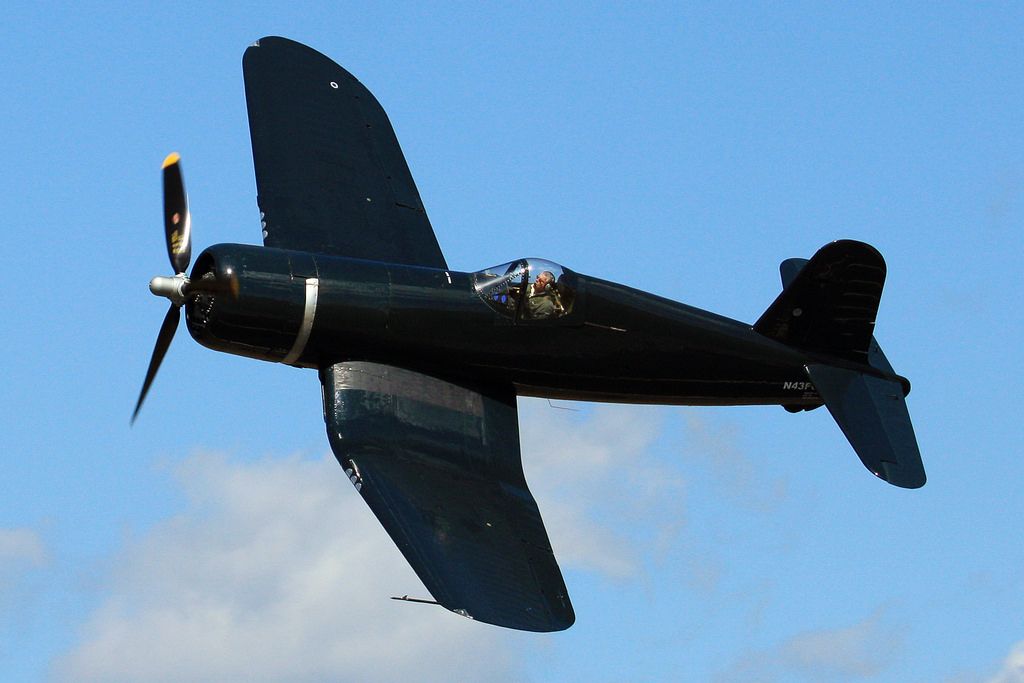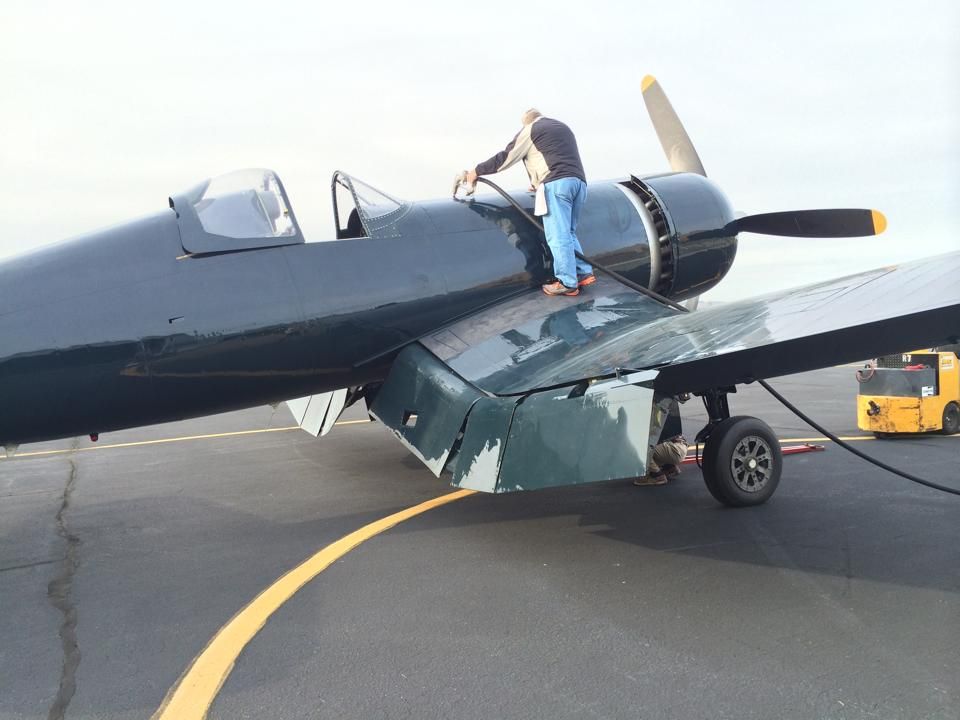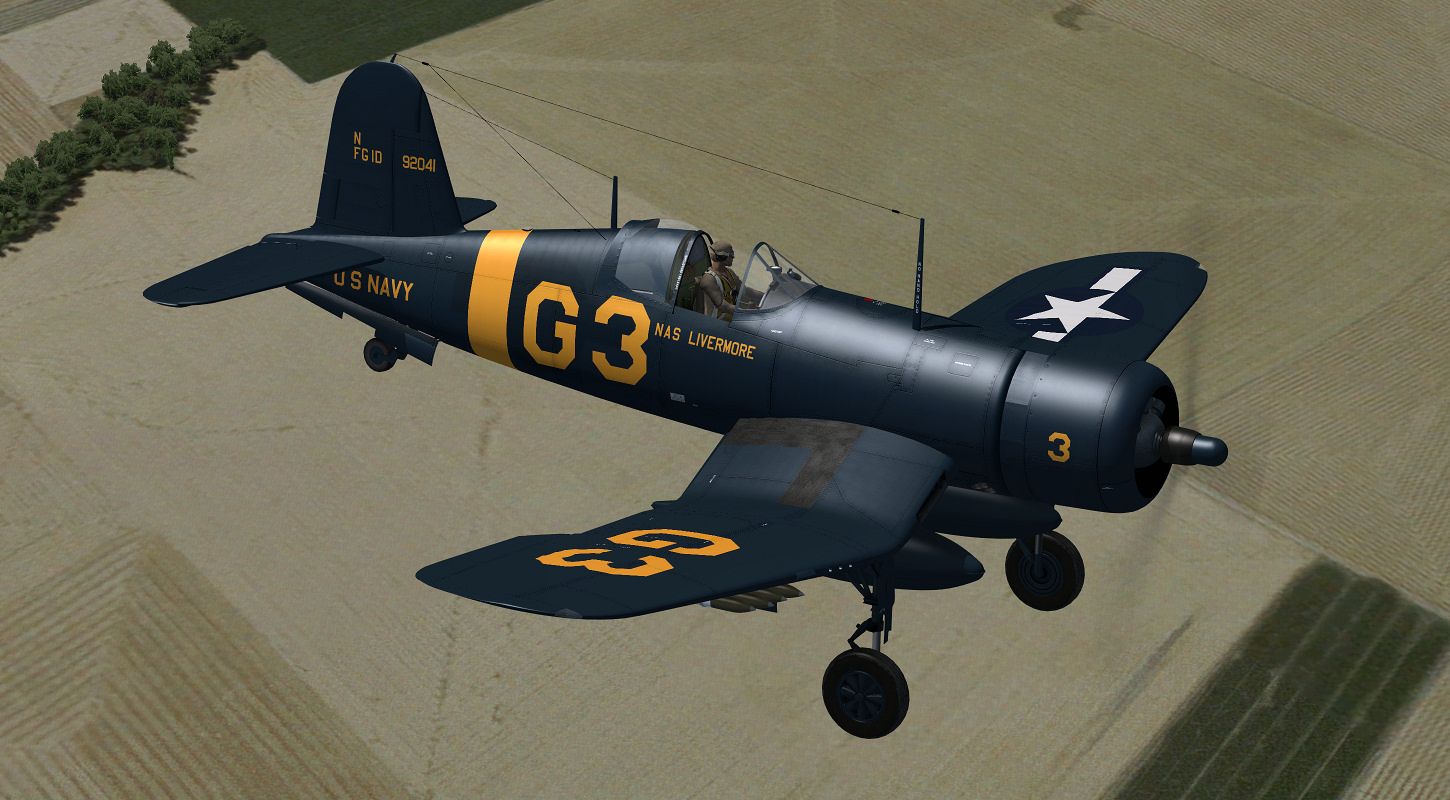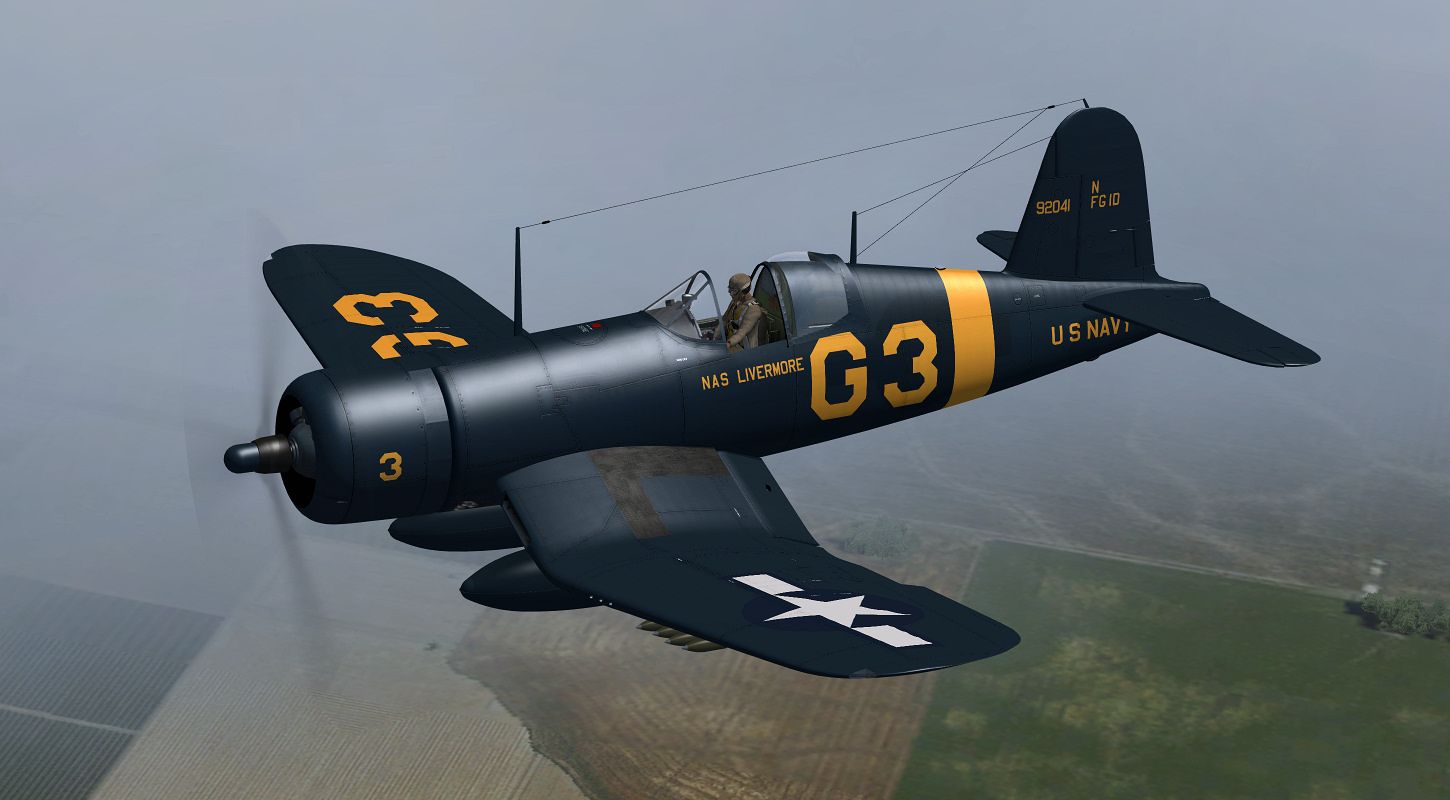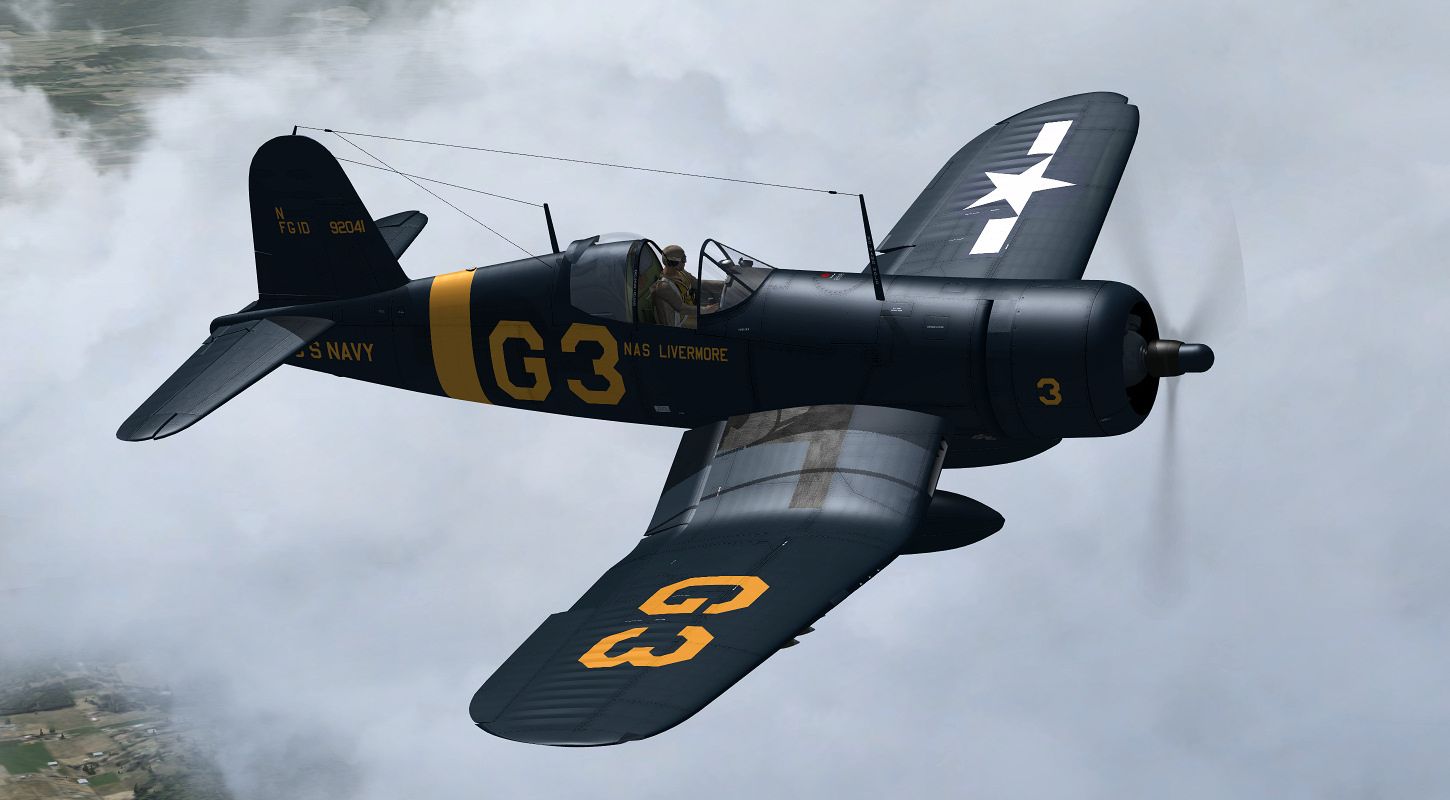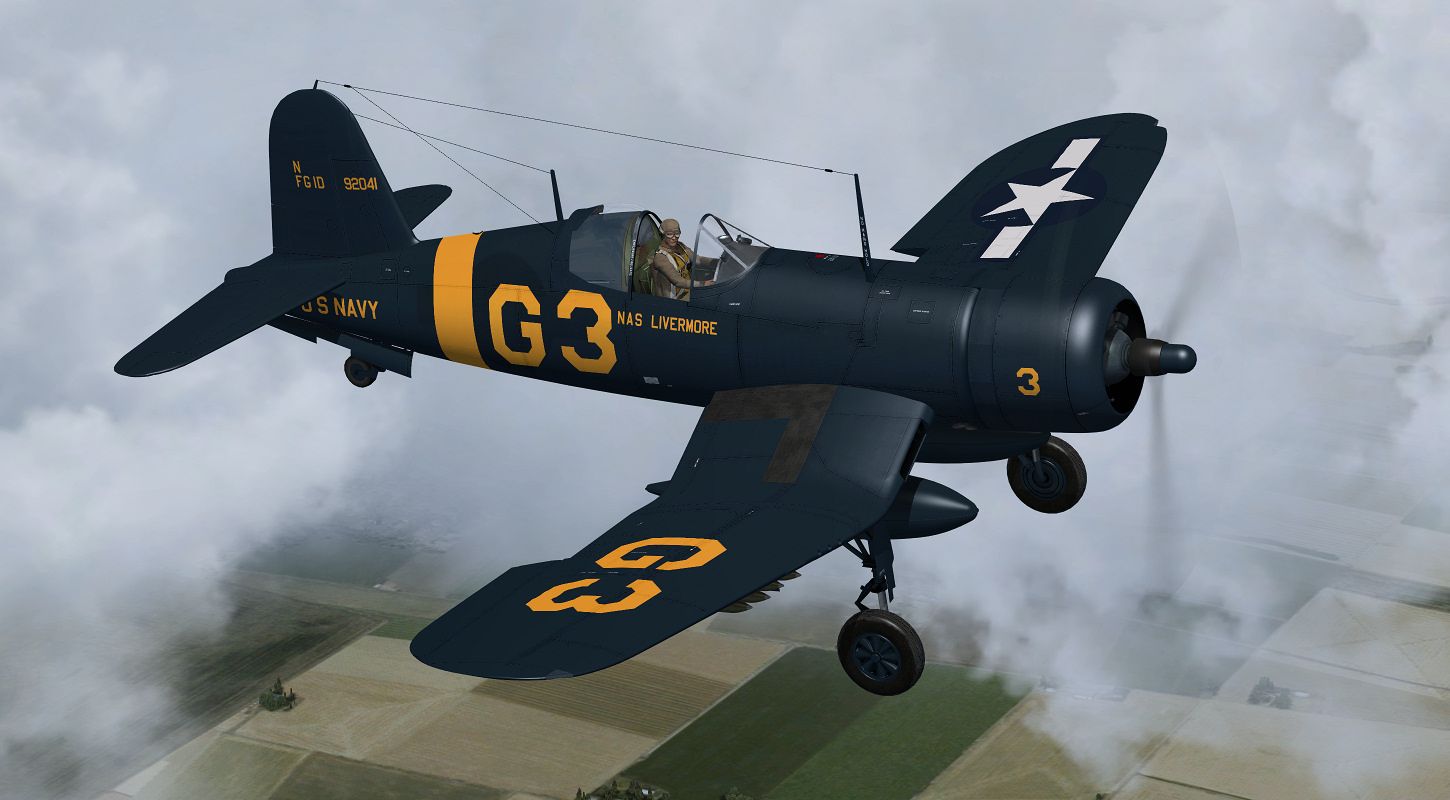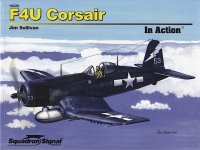Bomber_12th
SOH-CM-2025
Skyhawk, thank you for sharing that, I enjoyed reading an article on the subject by someone as knowledgeable as Dana Bell (although I'm always hesitant to instantly accept another's findings/opinions). In several photos from 1946, of the same basic markings (including this one), they appear quite bright/light against the glossy sea blue - even in period drawings for the markings (circa 1946), they simply refer to them as being yellow (no mention of orange). It was during this same time period that you also see the start-up of the Blue Angels, operating F6F Hellcats. Their basic markings were simply glossy sea blue and yellow. To me, it would seem natural for them to use those colors, if for at the time all of the Naval Reserve fighters all throughout the country were already using those colors anyway, as seems to be illustrated in the 1946 B&W photos by how bright the markings are. In other photos, especially from later on (1947/48), with the same layout/type of markings, the markings often appear quite a bit darker than in 1946, perhaps switching to international orange at that point (and as seen in the 50's).
For added interest/discussion, according to the IPMS site, this is the military's "orange yellow" from the time period, which also appears the same as "chrome yellow", and sometimes referred to as "insignia yellow". This is what I have adjusted the markings to match (will show some screenshots shortly): http://www.colorserver.net/showcolor.asp?fs=33538
For added interest/discussion, according to the IPMS site, this is the military's "orange yellow" from the time period, which also appears the same as "chrome yellow", and sometimes referred to as "insignia yellow". This is what I have adjusted the markings to match (will show some screenshots shortly): http://www.colorserver.net/showcolor.asp?fs=33538


